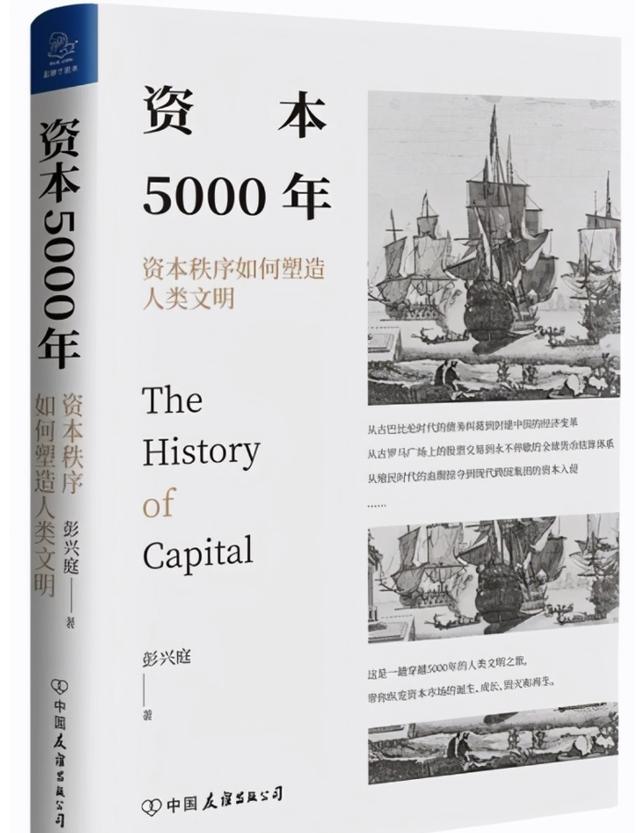
Excerpt from 5,000 Years of Capital: How the Order of Capital Shapes Human Civilization
I wrote your love before the A.D.,
Buried deep in the plains of Mesopotamia,
Unearthed decades later,
The handwriting on the clay tablets is still clearly visible...
Whenever Jay Chou's "Love Before the Western Yuan", the eyes will float through the wilderness next to the Tigris River, skimming over the ruins of Babylon, and imprinted into the Sumerian goddess of the ancient city of your, and the rows of mud plates seem to be engraved with countless moving love stories.
In Mesopotamia (meaning "between two rivers"), two large rivers emerge from towering mountains and into the flat southern plains, where slowing water not only nourishes the vegetation on both sides, but also brings with it a large amount of plateau sediment.
This is where the One Thousand and One Nights took place, and this is the Garden of Eden described in the Bible.
The imagination is full, but the reality is very bone. The cuneiform scripts carved in reeds and preserved to this day are not actually poetry and distant places, nor are they weathered for thousands of years, but dry contracts, boring businesses, debts, and sorrows of commoners.
In 1820 BC, a young man named Banri in the Babylonian city-state decided to repair the irrigation network of their family's wheat fields outside the city.
He was keenly aware that the yield of several wheat fields handed down from his ancestors had been declining since his father.
After careful study, he and his father believed that the reason was the aging and destruction of the irrigation system.
At that time, in order to cope with unexpected floods and harsh environmental changes, the city-states of the Two Rivers Basin spent huge resources on water conservancy construction. Water management projects are diverse, and irrigation systems are complex and sophisticated. In the Code of Hammurabi, promulgated around 1780 BC, there are many provisions on irrigation and water rights.
But The family in the class is not well-off, and he must borrow money to pay for this repair. In July of that year, Banri's father, Nabi-ilishu, decided to borrow a sum from the temple.
The merchant Sin-tajjar had a close working relationship with the temple. In the presence of five witnesses, the temple, in the name of the "sun god" (the ancient Babylonian god of justice), together with Sin-Tagaal as a joint creditor, lent Érihu 1 and 1/6 shekel of silver (about 9.33 grams), and Erihu promised to repay the principal during the harvest season, with interest calculated on the basis of principal and standard interest rates.
Banri's contract for borrowing money from the temple (Gozman, 2010). Source: The Origin of Value (Wanhua Publishing Company, 2010)
This is a productive loan.
3000 BC - 1900 BC, the common interest rate for Sumerian barley loans was 33.333% per year, and the interest rate for silver loans was 20% per year. Later, this practice was written into the Code of Hammurabi and became the legal interest rate cap for 1200 years in ancient Babylon.
According to the regulations, once the contract is fulfilled, the clay plate on which the debt is recorded is placed in water and soaked into mud. But in this story, the clay tablets were preserved. This means that the loan has not been repaid. Archaeologists speculate that it may have been a bad harvest that year, or that the family in the class had suffered other unpredictable changes that prevented the father in the class from fulfilling the contract.
If they can't be repaid on time, the moneylender can take the money of the father's property for himself. The collection of property usually begins with grain, sheep, furniture, and then land and houses. Eventually, family members may be expropriated, first slaves, servants, then children and wives, and finally debtors themselves. These people will become debt laborers, they may not be slaves, but they must work like slaves in the creditor's home or temple or palace until all the arrears are paid off with the principal and interest.
The consequence of this is that once a crop suddenly fails in a certain year, a large number of farmers will become debt workers. Some people flee in fear, and many families are torn apart.